Steven Velegrinis is a Design Director in the Gensler Cities and Urban Design Practice and is the Regional Head of the Cities Practice in Asia Pacific and the Middle East. His work has focussed on the multi-disciplinary intersections between urban planning and landscape architecture. Over the past 28 years he has practiced in Australia, Southeast Asia and the Gulf.
His recent work has included urban design projects such as the Expo 2020 Masterplan, District 2020 Legacy Masterplan, Turkana County Spatial Masterplan Kenya, Dubai Design District Masterplan, Bogacay Creek Masterplan in Antalya, The Mount Masterplan in Muscat, Le Marais Masterplan in Rabat, Morocco and the Hatta Tourism Masterplan.
Steven has also led the site design and landscape architecture of a series of public realm and hospitality projects including Expo 2020 Public Realm, Business Bay Public Realm Landscape, the Chedi, Ras Al Hadd, La Ville Hotel and City Walk Residential in Dubai, Kempinski The Wave, Muscat and Hakkasan Restaurant in Emirates Towers Dubai. He remains involved in the development of his profession through his speaking engagements and research initiatives which have included speaking at the Harvard Graduate School of Design, Architecture Association School of Architecture, the Bartlett School of Architecture at UCL, Cambridge University and Universite Paris Sorbonne.
Helena Costa: What first inspired you to pursue a career in urban planning, urban design, and landscape architecture, and how have these fields shaped your approach to creating sustainable cities?
Steven Velegrinis: I always liked the process of building, and as a child I did a lot of hands-on building work with my father. In addition, my brother was interested in architecture which drew my attention to the field. I realized that I was really intrigued by the ways that cities worked (more so than building architecture), so I went into university to study Urban Planning in Melbourne, Australia.
After a few years of working as an urban planner in Melbourne, I realized that it wasn’t really giving me the exposure to design that I really wished for, so I studied Heritage Conservation in my postgraduate studies and started working in design firms with urban designers, landscape architects and architects, seeing the dynamism of urban design praxis. That led me to study landscape architecture which gave me the design tools to start doing what I really wanted to do.
The natural fit of landscape architecture and sustainable urbanism really led me to where I am today, and I undertook Doctoral research into the idea of “Landscape Urbanism in Dense Asian Cities”. In the last few years that has developed with the idea of sustainable finance and how that might enable new and exciting types of projects which are good for cities and good for the planet.
HC: How has your background in heritage conservation influenced your perspective on modern urban development, and how do you balance preserving history with fostering innovation?
SV: In a few ways really, in the first instance I have a very healthy respect for built heritage and the deep value that comes with the historic fabric of cities. But in more recent years it has been through the idea of natural heritage and the way we can look at ecology and landscape as a form of heritage. It springs from the International Council on Monuments and Sites’ (ICOMOS) definition of heritage as cultural and natural. Increasingly we can no longer distinguish between the two as human activity has impacted all natural settings. So, we need to think holistically about heritage before natural heritage is lost.

HC: You have a strong focus on ecological urbanism. What does ecological urbanism mean to you, and how do you incorporate it into your projects to create cities that are both sustainable and resilient?
SV: In many ways it is about dissolving the distinction between cities and landscapes, or culture and nature. When we start seeing cities as biologically active, synthetic ecologies this creates the possibility of cities that are positive forces in regional ecology. If we look at the GCC as a simple example, the cities here reuse 100% of their wastewater and primarily use it for irrigation of plants. This has led to a situation where cities in the Gulf have Inverse Urban Heat Island Effect – cities are actually cooler than their surrounding landscapes. This is directly correlated to the degree of vegetation in the city.
We have, by happy accident, solved a problem that all other cities in the world have failed to. If we think of the landscape as an active substrate of cities, we can start to think about how we can address the need for ecosystem services within the cities themselves. To me that is the core of ecological urbanism.
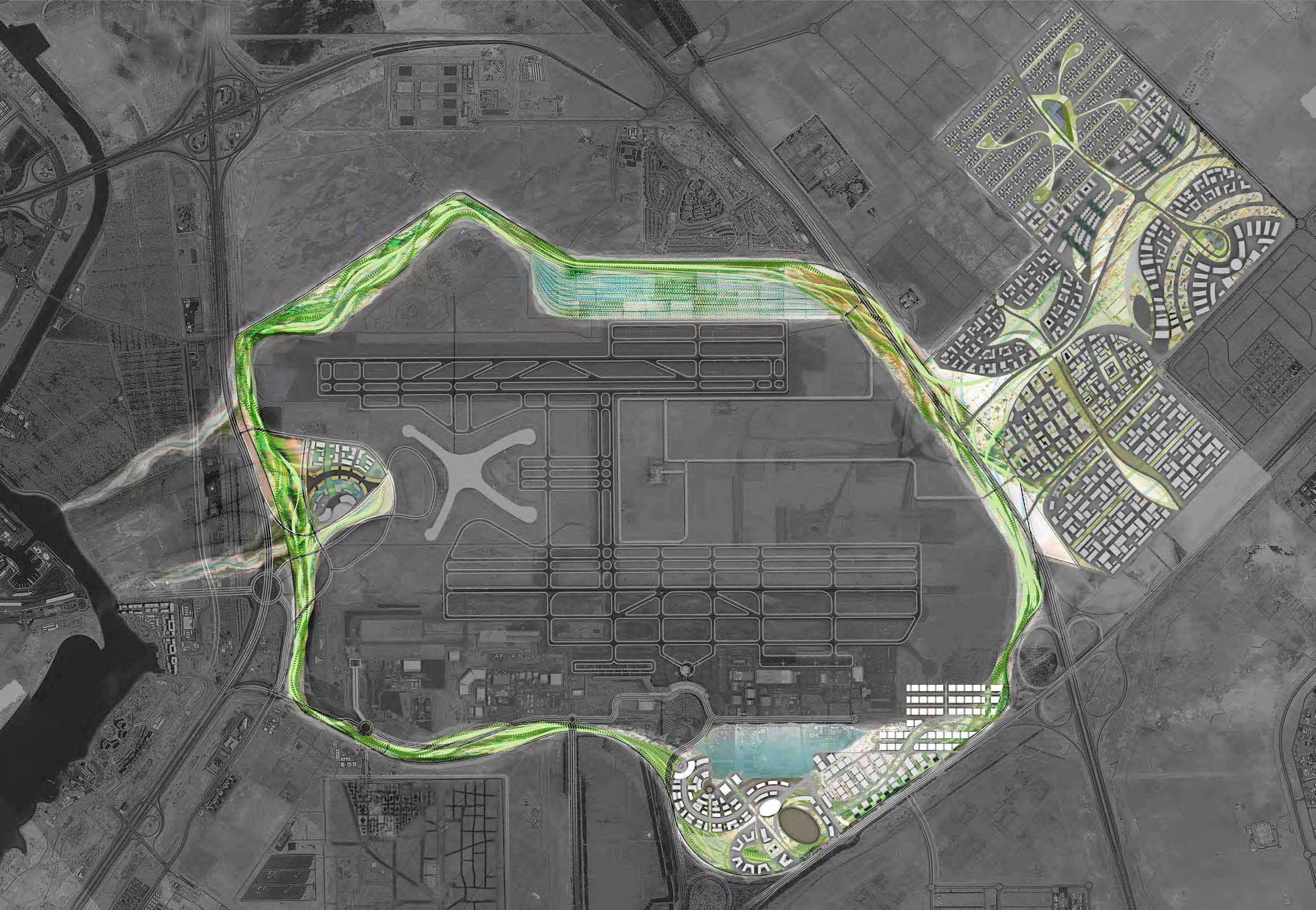
HC: Throughout your career, you've worked on a variety of complex masterplans. What guiding principles do you follow when approaching large-scale urban projects, especially in environmentally sensitive areas?
SV: Primarily my approach starts with and is driven by ecology and the characteristics of site. Thinking of development through the lens of ecological urbanism requires understanding the ecology of a site. We then build up a landscape armature of systems that restore regional ecology and form a strong and logical framework for the urban development. This is not a dogmatic approach, but an exploratory one, and it allows us to address very different places with equal sensitivity. For instance, currently our work encompasses sites in The Philippines, The Maldives, UAE, KSA, Kenya, Texas and Guatemala, all of which play host to very different ecological starting points.
Our team is typically diverse in backgrounds with education and experience including landscape architecture, architecture, urban design, ecology, hydrology, horticulture, regional planning and environmental science. Many voices make for an interesting conversation and a more comprehensive outcome.

HC: In your work, how do you ensure that urban spaces you design contribute to the well-being of communities and foster positive social behaviors?
SV: Well, firstly it relates to the health of the landscape and ensuring that functioning landscape systems are revealed to users in the spaces wherever we can. This could be in revealing stormwater processes, wastewater systems and constructed wetlands in the urban landscape or food growing and carbon sequestration in the landscape.
We also ensure that pedestrians are prioritized in everything we do, and we aim to make it easier to walk or cycle somewhere, within our projects, than taking a car. 90% of human health is related to environmental factors and so the environments we live in relate directly to the health of our environment, and this is always where we start.
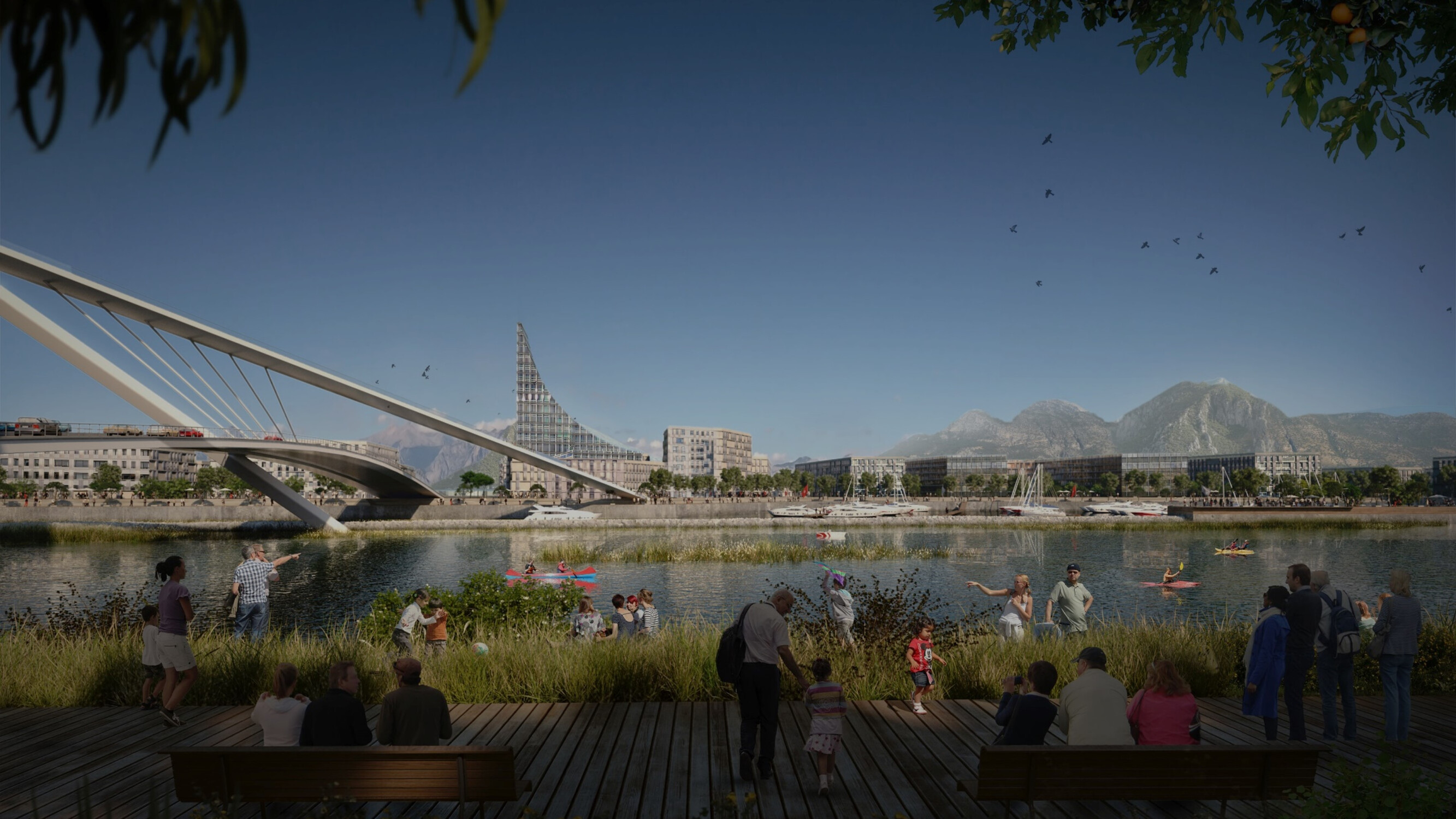
HC: Landscape architecture often plays a crucial role in urban planning. Could you discuss a project where the landscape significantly influenced the overall design and outcome?
SV: I think the best examples are projects where the landscape has shaped the project, rather than the landscape being the left-over space from a planning exercise. One of the projects I’m most proud of is our project for the Turkana Spatial Plan in Kenya. Covering a site of 80,000 square kilometers and with a population of over 1,000,000 people and 250,000 refugees, our plan looks at a way to regenerate degraded landscapes, stimulate agroforestry and reafforestation, provide safe water supplies, provide a distributed infrastructure network using primarily nature-based solutions and create viable green and tourism economies, directly funded by sustainable finance sources. Quite simply this is a project that operates on a maxim of ‘heal the land, heal the people’.
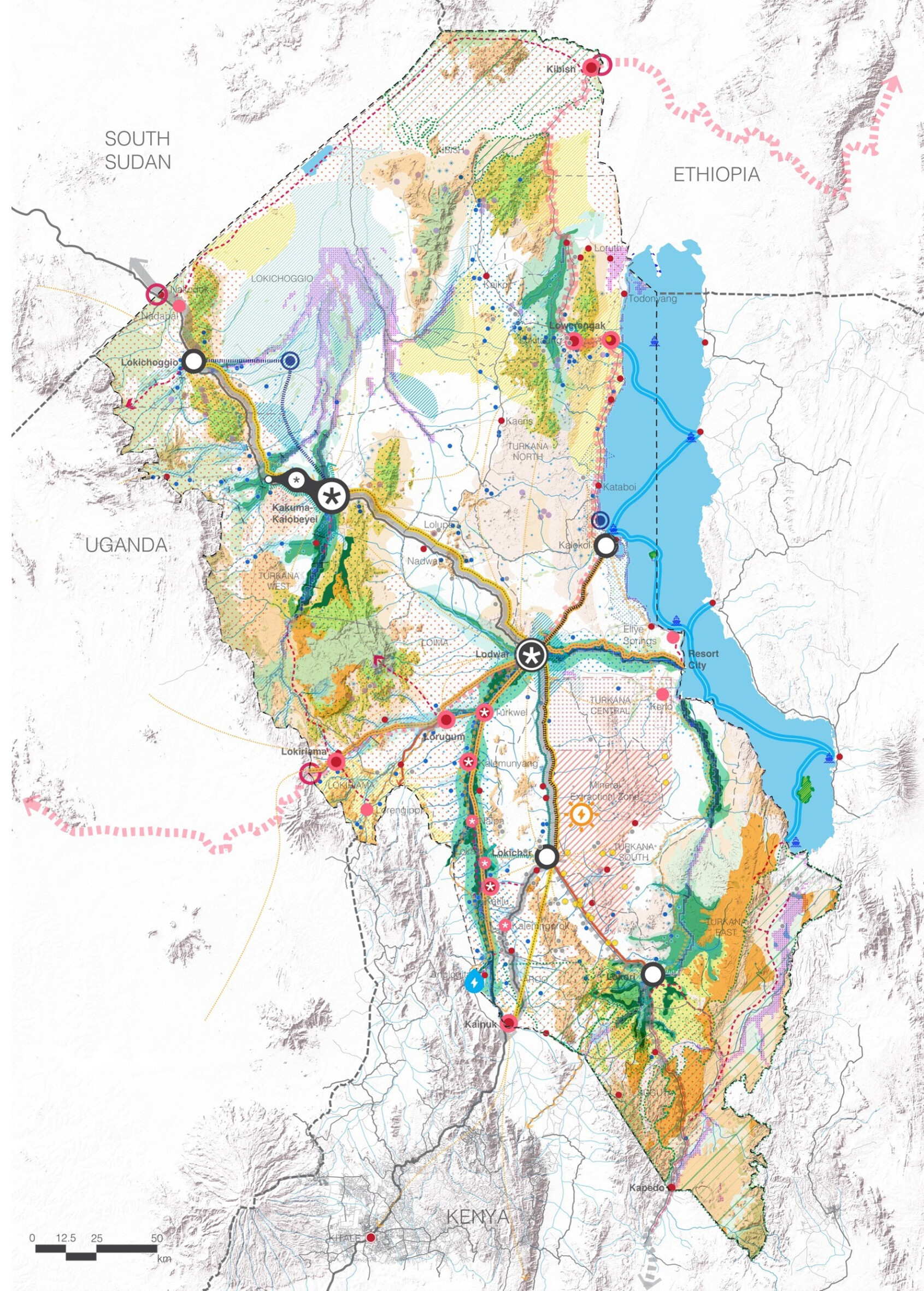
HC: "The best cities are those that provide the backdrop for a rich human experience," says Jan Gehl. How does this idea influence your approach to designing urban spaces that are both functional and inspiring?
SV: Gehl is an inspiration and as far back as 50 years ago he was talking about ‘life between buildings’ in the landscape of the city. His focus on the human and personal space, and amplifying experience in the city, have driven a lot of what we try to do. Often, we regard cities as ‘stage sets’ where the buildings, streets and spaces are all part of a collective city landscape that is the place where people experience a sense of community. Some years ago, that was the central premise my team and I used for the creation of the Dubai Design District, emphasizing the programming of public space to activate and create a sense of a design community. In my current role at Gensler, we practice a a worldwide approach to design which is to be as impactful as possible, whether that relates to the cultivation of human connection or to drive positive change in the built environment, functionality and inspiration is at our core.

HC: What motivates you to continue pushing the boundaries in your field, and what keeps your passion alive for designing cities and places?
SV: Increasingly it is simply the desire to do good things for the planet and for people who deserve to have their lives uplifted. I am convinced that we can provide a solution to the wicked problem of Climate Change and that’s what drives me.
HC: As you look back on your career, what project stands out as a defining moment for you, and why?
SV: Well, there are many projects for many different reasons, but if I had to choose one it would probably be the Dubai Expo 2020 Masterplan, Legacy Masterplan and Public Realm Design. It is probably the only time I have overseen the planning, design and execution of an entire masterplan to an absolute deadline and been fortunate enough to see it and experience it alive and pulsating. On one of the last days of Expo, I remember standing in the concourses we designed, seeing it thronging with people, the soft and hard landscape, the lighting concepts, the activation all coming together to an incredibly vibrant canvas for architecture, and feeling an immense sense of satisfaction. Also winning the WAF awards last year for the Cairo Probiotic Tower was pretty special.
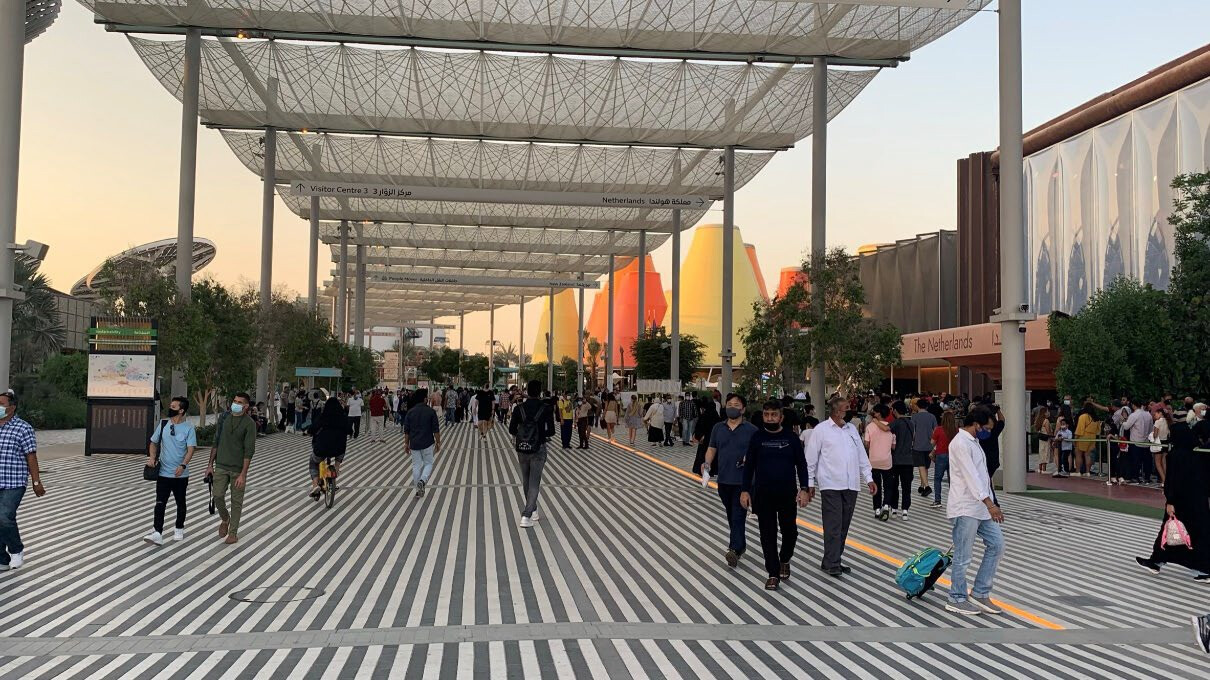
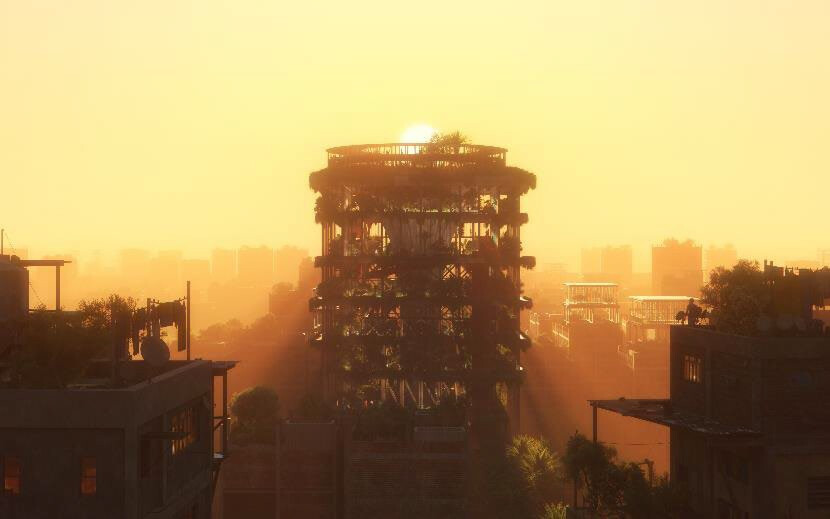
HC: What legacy do you hope to leave behind in the fields of urban planning and landscape architecture, and what advice would you give to the next generation of urban designers and planners?
SV: I think one of hope and confidence. Where we all believe we can address any problem through the agency of design, no matter how big or small.